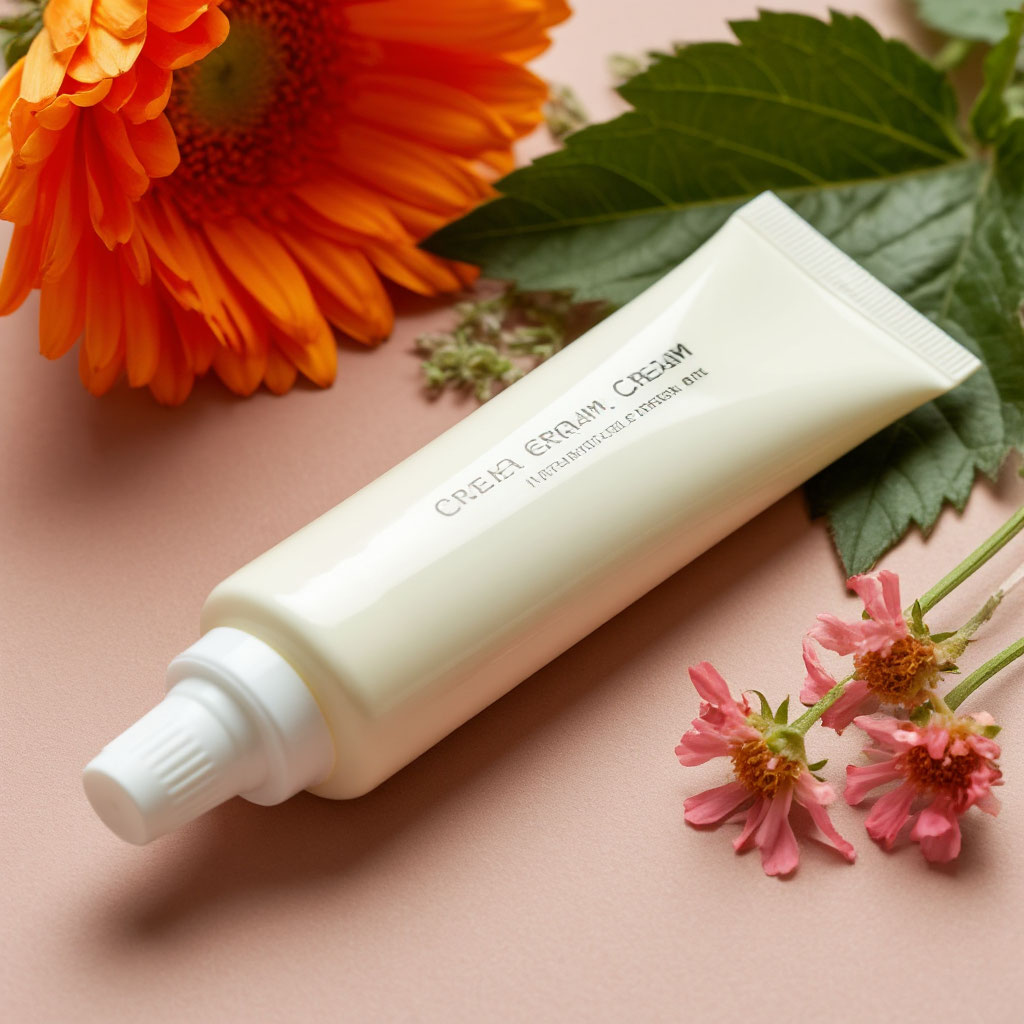
The surface of your hands faces daily challenges: cold weather, wind, household chemicals, and UV rays. Without proper hand care, dryness quickly develops, leading to irritation and even early wrinkles. So, how to choose the best hand cream that ensures effective protection, hydration, and nourishment? Choosing the right hand cream is essential for maintaining soft, healthy hands. Understanding how to choose a product tailored to your needs is the first step toward perfect hand care.
Let’s explore:
- The types of hand creams and how to select them based on your skin type;
- The key ingredients to look for in a cream;
- Top ready-made products and some effective home remedies.
Hands age fast — but the right formula + routine makes a big difference. Our Beauty Club mini-brochure maps concerns to ingredients, shows a day/night routine, and includes a quick buying checklist. You’ll find a printable PDF at the end of this article.
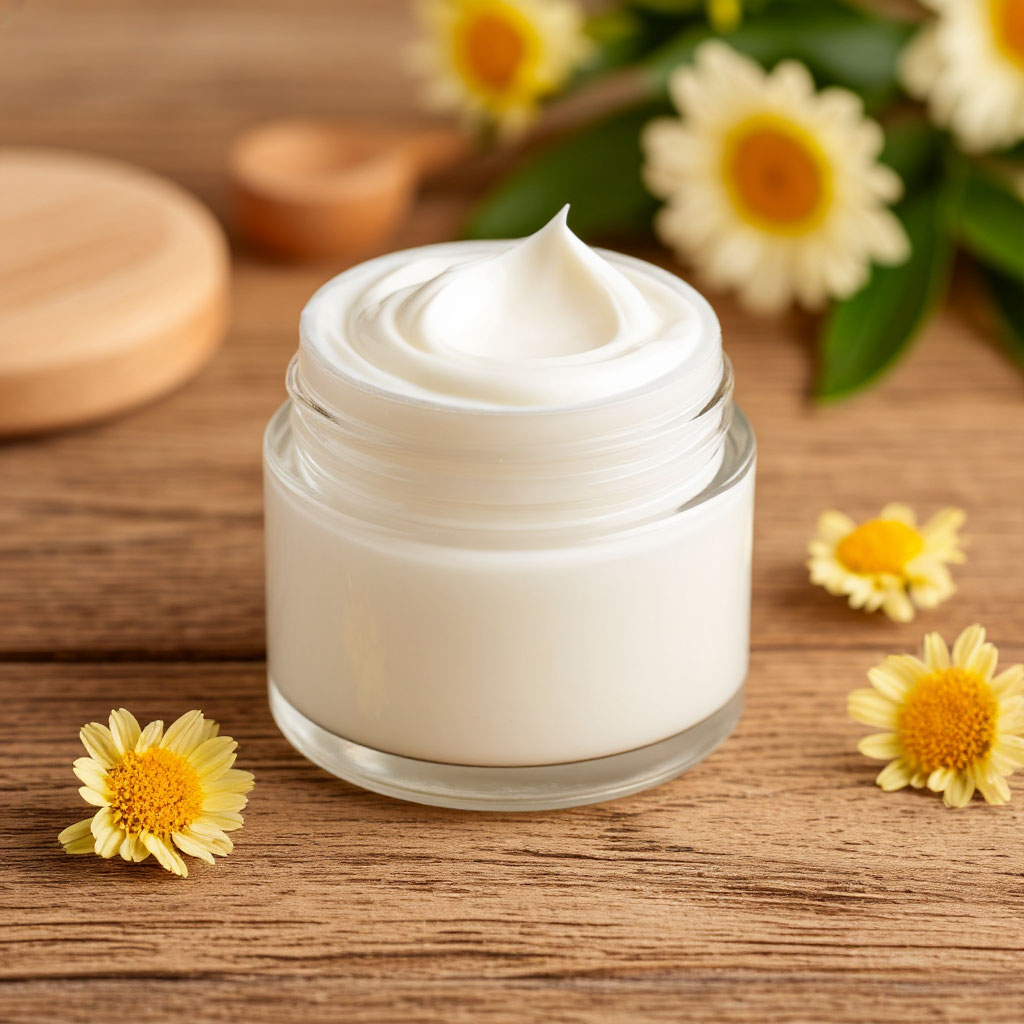
Why You Need Hand Cream: Protection and Recovery for Dryness
When considering hand cream, how to choose one that truly addresses your needs is critical. The delicate epidermis on your hands lacks natural oils, making dryness a common problem without proper hydration. Environmental factors like cold, wind, frequent washing, and exposure to chemicals all worsen roughness and can cause painful cracks. Proper protection helps maintain comfort and prevents worsening of these conditions. Using a quality hand cream regularly supports the skin’s natural barrier, reducing sensitivity to external stressors.
Why hand care with cream is necessary
Hands are constantly in use—washing dishes, using gadgets, and coming into contact with various substances. Even if your hands look fine now, insufficient moisture eventually leads to signs of dryness:
- A feeling of tightness;
- Redness and irritation;
- Fine wrinkles appearing prematurely.
Over time, fine wrinkles can develop, making hands look aged and tired. Early care helps avoid these issues and keeps hands feeling smooth and healthy. Ignoring these early signs can worsen the condition. Hand care with a quality cream helps restore moisture and protects the surface.
What a good hand cream does
A well-chosen cream works on several fronts: it restores the hydrolipid barrier to lock in hydration, forms a protective layer that shields the dermis from harsh detergents and environmental irritants, and nourishes deeply with beneficial ingredients. When applied regularly, it can prevent dryness and cracks rather than just masking symptoms. A good formula should absorb quickly, leaving hands soft without stickiness.
When hand cream and protection are most important
During winter, temperature fluctuations can dry your hands, while in summer, sun exposure and chlorinated water pose risks. After chores like gardening or cleaning, your hands need extra care to restore their natural moisture balance. Since frequent washing removes natural oils, dermatologists recommend applying hand cream after every hand wash. Consistency in protection helps maintain healthy, resilient skin all year round.
Signs your hand cream might not suit your hands
If you notice stickiness, greasy shine, or conversely, a tightened feeling after application, your cream’s formula may not be right. Some ingredients like alcohols or strong fragrances can worsen dryness or cause irritation. An ideal cream absorbs quickly, leaves no residue, and provides lasting hydration and comfort. Testing products on a small area before regular use can help avoid adverse reactions.
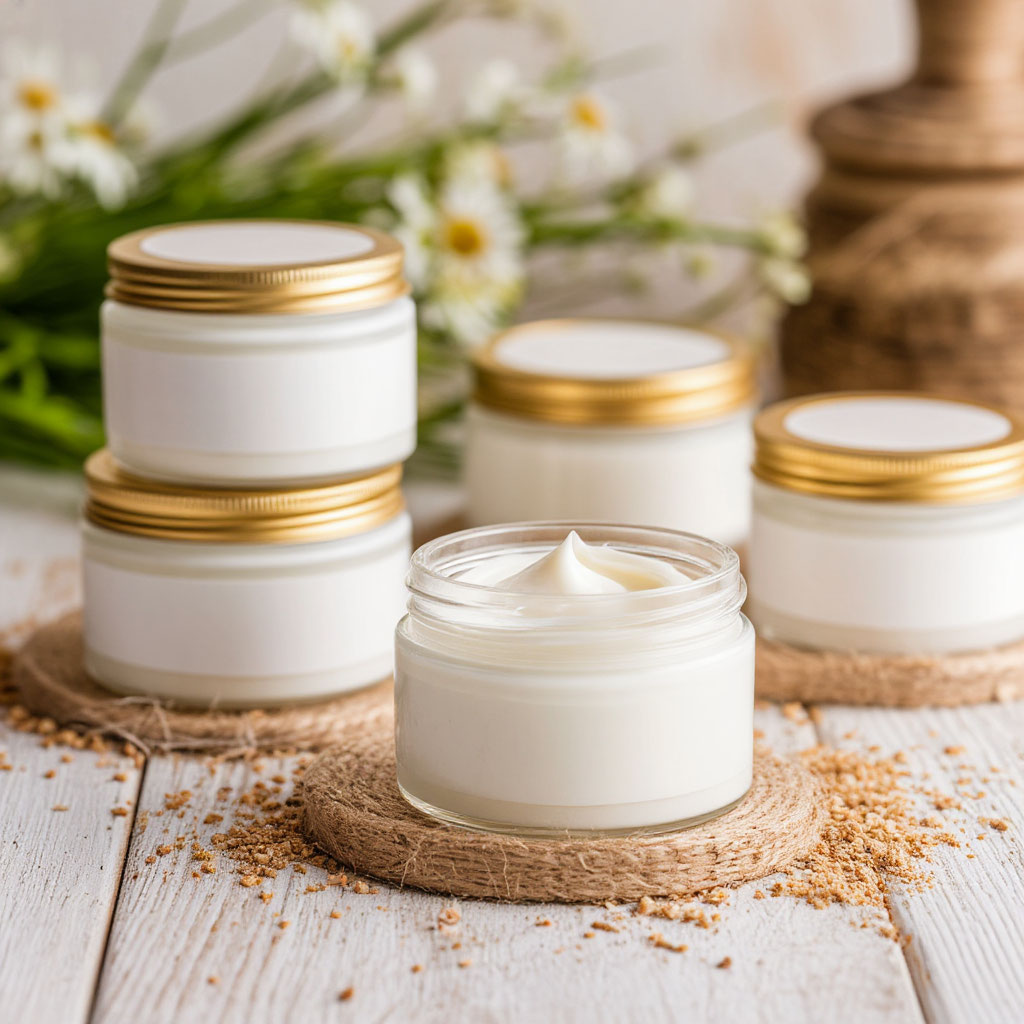
Types of Hand Creams: Choosing According to Skin Type
Understanding how to choose hand cream involves matching the product to your skin’s specific needs. What helps one person might not work for another. Knowing your skin type and its current condition helps pick the most effective formula for hydration, nourishment, or repair.
For dry and dehydrated hands
If your skin feels tight and flaky, opt for creams rich in hydration. Ingredients like hyaluronic acid, urea, and glycerin are excellent for attracting and retaining moisture. Oils such as shea butter, jojoba, and almond oil help rebuild the lipid barrier. If irritation accompanies dryness, look for soothing components like panthenol or allantoin. Applying such creams regularly, especially after washing, supports repair and prevents further dehydration.
For sensitive and irritated skin
Skin prone to redness needs gentle hand care with hypoallergenic creams free from fragrances and harsh chemicals. Extracts from chamomile, calendula, or centella asiatica provide calming effects. Lightweight, silicone-free textures reduce irritation risks. Avoiding potential irritants and focusing on soothing ingredients helps restore comfort and improve skin resilience.
For aging hands
As skin ages, it loses elasticity and develops wrinkles and pigmentation. Anti-aging creams with collagen, peptides, or coenzyme Q10 stimulate renewal and slow aging. SPF filters offer added protection against photoaging. Regular use can improve firmness and smoothness, helping hands look younger and healthier.
For damaged hands with cracks
Cracked hands require creams with healing agents like panthenol and vitamin E. Thick, wax-based textures create a protective film that speeds recovery. For severe cases, pharmaceutical ointments containing dexpanthenol may be needed. Combining moisturizing and healing treatments promotes faster repair and reduces discomfort.
For oily hands
Some people have oily skin on their hands with excess sebum or small breakouts. Lightweight gels or fluids with mattifying ingredients like zinc or salicylic acid regulate oil production while providing hydration. Using non-greasy formulas helps keep hands fresh and balanced without clogging pores.
Universal creams
If no specific problems exist, a neutral cream with good hydration and no stickiness fits daily hand care needs. Such formulas often combine light oils and vitamins, suitable for most skin types and everyday use. They maintain moisture and protect without overwhelming the skin.
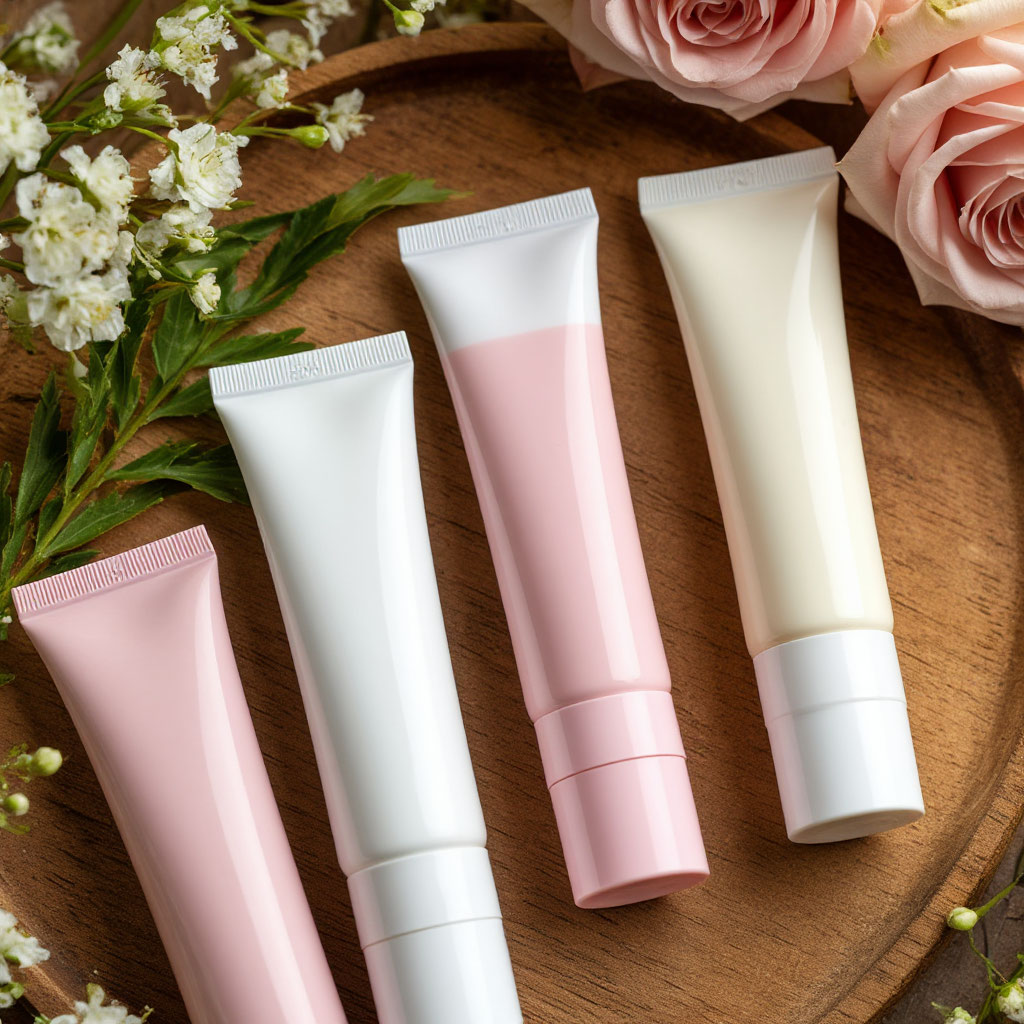
Understanding Hand Cream Ingredients: How to Choose by Composition
Knowing how to choose hand cream means reading ingredient lists carefully. Active ingredients make the difference between effective hand care and a product that falls short. Understanding these helps pick a cream that suits your needs.
| Component Type | Purpose | Examples |
|---|---|---|
| Basic moisturizers | Hydrate the skin | Glycerin, Hyaluronic acid, Urea |
| Fatty components (oils, waxes) | Form protective barrier, prevent moisture loss | Shea butter, Coconut oil, Jojoba oil, Vitamin E |
| Active additives | Address specific issues | Panthenol, Niacinamide, Plant extracts, SPF filters |
| Ingredients to avoid | Can irritate or dry the skin | Alcohols (denatured alcohol), harsh surfactants, strong fragrances, methylisothiazolinone |
Basic moisturizers
These provide essential hydration. Glycerin attracts water from the air; hyaluronic acid retains moisture deep within the skin layers; urea is especially helpful for very dry hands. Choosing creams with these ingredients in higher concentration often improves effectiveness.
Fatty components
Oils and waxes create a barrier to keep moisture locked in and protect against external factors. Vitamin E offers antioxidant benefits, especially valuable for aging skin. Natural oils also soothe and improve skin texture.
Active additives
Panthenol aids healing of microcracks, niacinamide strengthens the barrier, plant extracts soothe irritation, and SPF filters protect from UV damage. These enhance the cream’s performance beyond simple hydration.
Ingredients to avoid
Certain alcohols, strong detergents, fragrances, and preservatives may cause dryness or irritation—especially problematic for sensitive hands. Reading labels carefully can help avoid adverse effects and ensure gentle care.
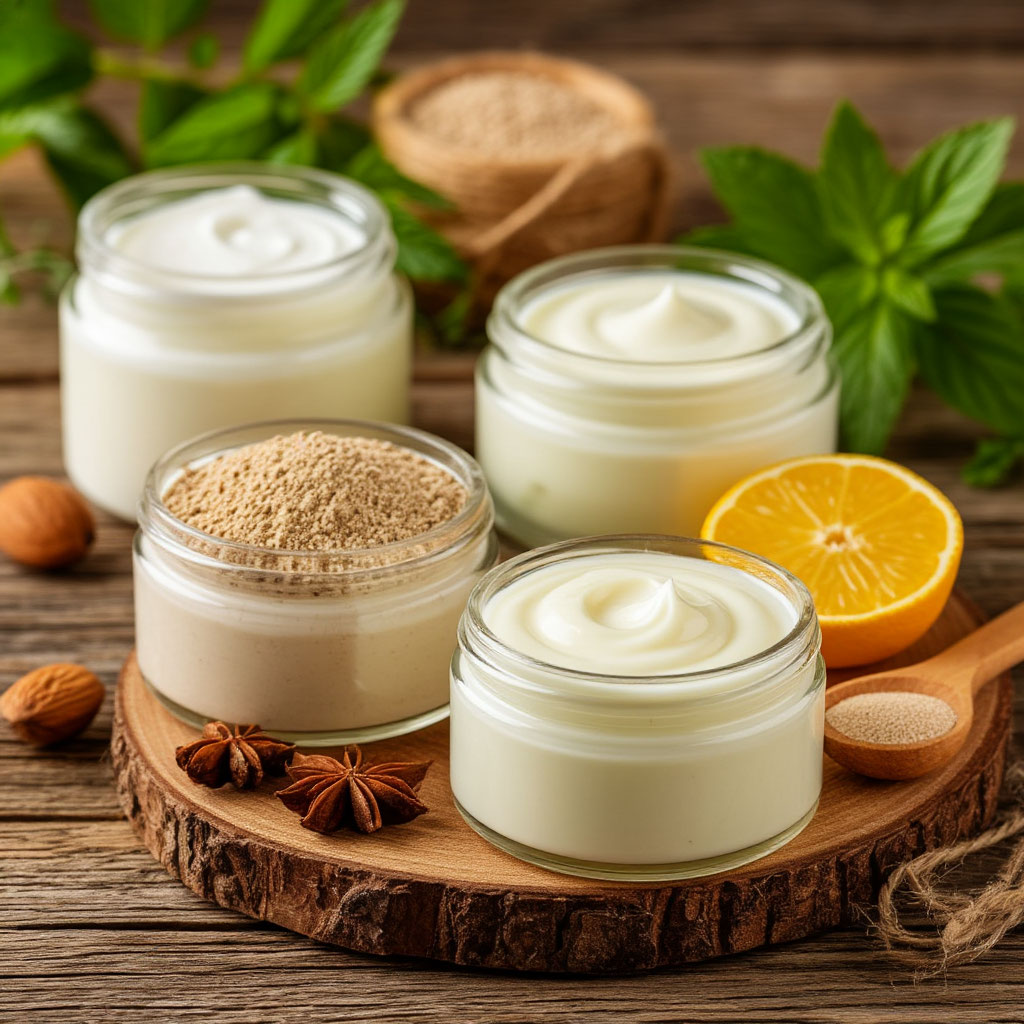
Top Hand Creams: Proven Options for Various Needs
When you wonder how to choose hand cream, trusted products can guide your choice. Several popular creams have proven effective for different skin types and problems.
- Neutrogena Norwegian Formula – Excellent for extremely dry hands. Its glycerin-rich formula provides intense hydration and protection, especially in harsh winter conditions. Absorbs quickly without stickiness, making it practical for frequent use.
- Nivea Soft – A versatile daily hand cream with vitamin E and jojoba oil. Maintains moisture balance and prevents cracks. Convenient packaging for on-the-go use makes it easy to keep your hands nourished throughout the day.
- La Roche-Posay Cicaplast – A therapeutic cream with panthenol and thermal water that accelerates healing, ideal for damaged hands exposed to aggressive substances. Recommended for hands that need extra repair support.
- L’Occitane Shea Butter – Rich in shea butter (25%), this cream deeply nourishes, smooths wrinkles, and firms aging hands. Has a natural, subtle scent that many find pleasant for daily use.
- “Velvet Hands” (Бархатные ручки) – Affordable option with multiple formulas for hydration and crack care. Pleasant texture absorbs well without greasiness, making it a good choice for budget-conscious consumers.
Before committing, apply a small amount on your wrist and observe for 24 hours to check for reactions. This simple test helps avoid irritation or allergies and ensures the cream suits your skin.
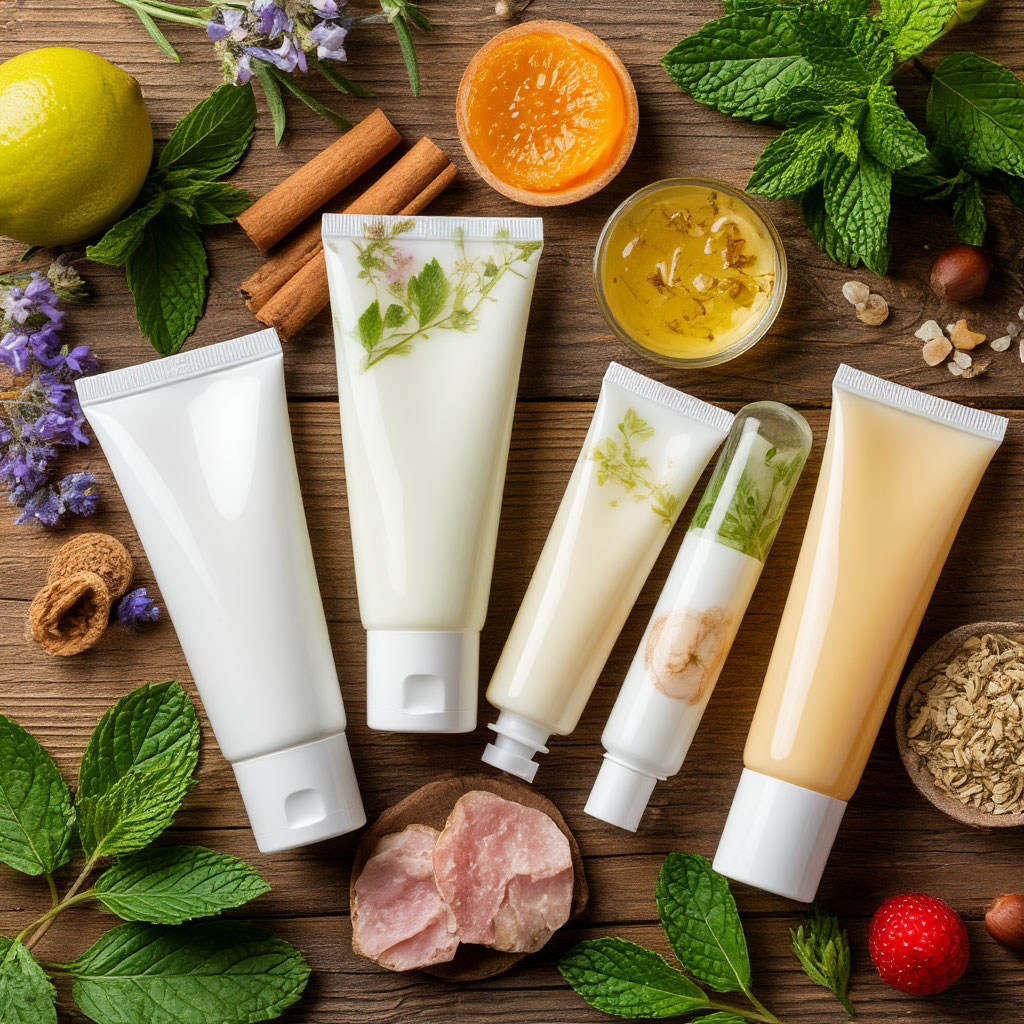
Home Care for Hands: Enhancing Cream Benefits
In addition to choosing the right hand cream, home care routines boost results and improve overall hand health.
Natural nourishing masks
Mix honey with olive oil and apply for 20 minutes to soften hands. For aging hands, avocado masks nourish deeply and smooth fine lines. Using these masks 1–2 times weekly provides extra nutrients and moisture beyond daily creams.
Exfoliation
Dead cells block hydration. Gentle scrubs with ground coffee and coconut oil improve cream absorption. Performing exfoliation once every 7–10 days refreshes the skin surface, making hand care more effective.
Herbal baths
Warm baths with chamomile or string herb reduce redness and prepare hands for healing creams. Adding tea tree oil enhances antiseptic protection. Regular use calms irritation and supports skin recovery.
Paraffin therapy at home
Cosmetic paraffin melts create sauna-like effects, opening pores and boosting hydration. Performing 5–7 sessions in cold months improves moisture retention and skin softness significantly. This therapy can be easily done at home with minimal equipment.
Night care
Apply a thick layer of cream and wear cotton gloves overnight. Mornings reveal softer hands and quicker healing of cracks. This routine maximizes nourishment during rest when skin renewal is most active.
No single hand cream fits everyone. The key to healthy hands is consistent hand care tailored to your specific needs—whether preventing dryness, healing cracks, or daily protection. Combining quality creams with home care routines provides the best results.
Regular application combined with home care routines ensures your hands stay soft, well-nourished, and protected. Making hand care a daily habit helps maintain a youthful, healthy appearance and prevents common problems.
Seal night care with an occlusive, keep a humectant at your desk for reapplication, and don’t skip SPF on sunny days and while driving.
Download the brochure (PDF): Beauty Club — Hand Cream



